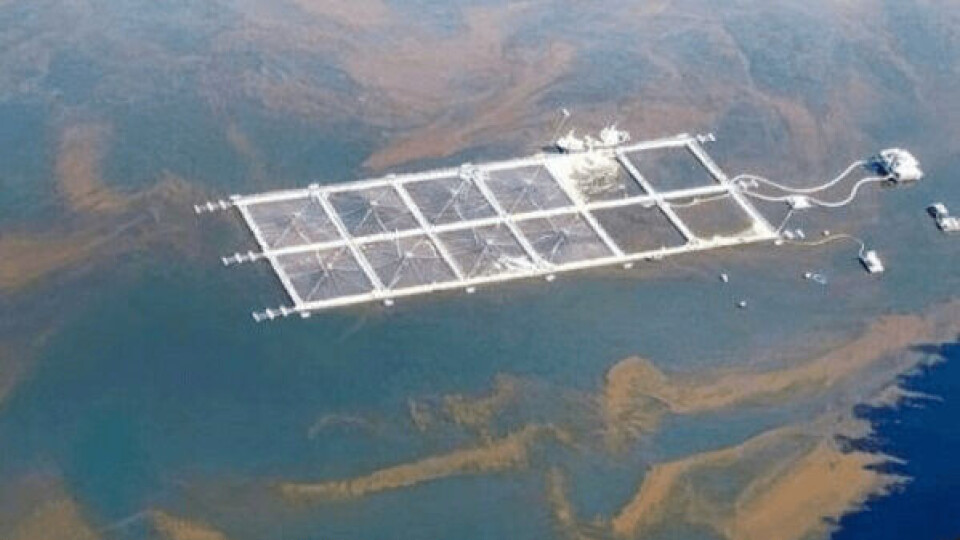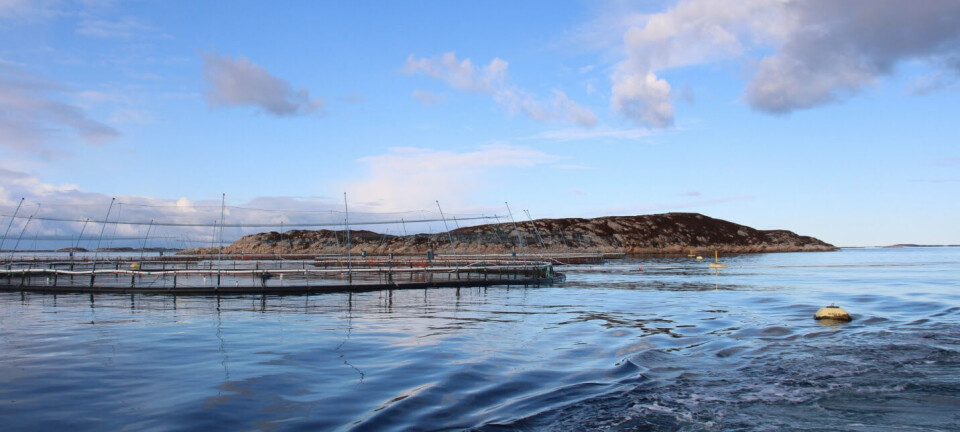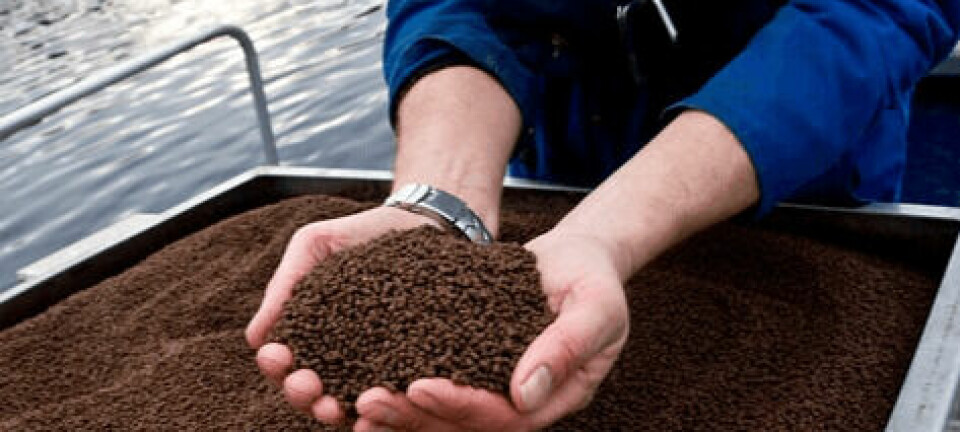
5.4m fish moved out of harm's way in Chile
Nearly 5.4 million farmed salmonids have been transferred to different sites to safeguard them from harmful algal blooms (HABs) that have now killed 4,244 tonnes of fish spread across 18 farm sites in Chile.
More than 5.2 million fish have been transferred in Los Lagos, and another 175,000 in Aysén.
Dead fish are being removed from farms in wellboats, barges with large bins on board, and high seas fishing vessels (pesqueros de alta mar or PAMs), according to state aquaculture agency Sernapesca.
Low oxygen
Six sites in Los Lagos and 12 in Aysén have so far been affected. The mortality volume equates to 2.7% of the total active biomass in the affected areas.
In the six sites of the Los Lagos region mortality is associated with the microalgae H. Akashiwo, while in Aysén, fish are being killed by blooms of the microalgae Leptocylindrus danicus and Leptocylindrus minimus.
Fish deaths in other sites in Aysén are mainly due to drops in dissolved oxygen content.
70% of mortalities removed
Sernapesca reported that to date 2,088 tonnes of fish have died in Los Lagos, which is equivalent to 8.7% of the active biomass in the affected area, and 2,156 tonnes of fish have died in Aysén, which corresponds to 1.6% of the active biomass in the affected area.
Of the total mortality as of April 7, around 2,969 tonnes have been removed (1,057 tonnes in Los Lagos region and 1,912 tonnes in Aysén region). That is approximately 70% of mortalities.
“Mortality is being removed through vessels such as PAMs, barges with bins or wellboats without recirculation (closed circuit) to avoid risks in transport. In some cases, there are sections that are being made by land with trucks,” said Sernapesca.
“The mortality is transferred to reduction plants for their final disposal, thus avoiding environmental damage. For all cases, Sernapesca carries out audits to ensure that the processes are carried out in accordance with the regulations.”
Mortalities not wasted
Sernapesca has also authorised the transfer of live fish from farm sites that are in the affected areas to HAB-free zones. Early harvest and fish movement are key preventive measures to mitigate risk in these types of events.
Claudio Báez, regional director of Sernapesca Biobío, reported that the PAM Coral I was the first deep-sea fishing vessel due to arrive in the port of Talcahuano. It was carrying with 508 tonnes of dead salmon from Mowi Chile.
“The Landes fishing company will receive this mortality, to be processed and thus give it a use of raw material for making meal or oil, preventing it from being used as waste,” said Báez.
“This is not the first time that this has happened, we have already received salmon mortality as raw material in previous years. There are established protocols for this type of procedure.”
Other fishing vessels are expected to arrive in the coming days with more mortalities. This raw material and its wastewater are subjected to a thermal process and the incorporation of chemical elements in the treatment.























































